Acne is a chronic skin disease affecting the pilosebaceous system. Its standard characteristic is the occurrence of open and closed comedones, papules, pustules, nodules, pseudocysts, and purulent cysts located in seborrheic areas, i.e., in places where there is increased sebum production – face, back, neck, arms, and upper back.
Acne is a skin disease. One of the standard causes is the secretion of too much sebum. It comes to the surface of our skin through the sebaceous glands. The channels leading to the glands can become clogged with excess sebum and calloused epidermis, forming so-called comedones, i.e., non-inflammatory acne lesions.
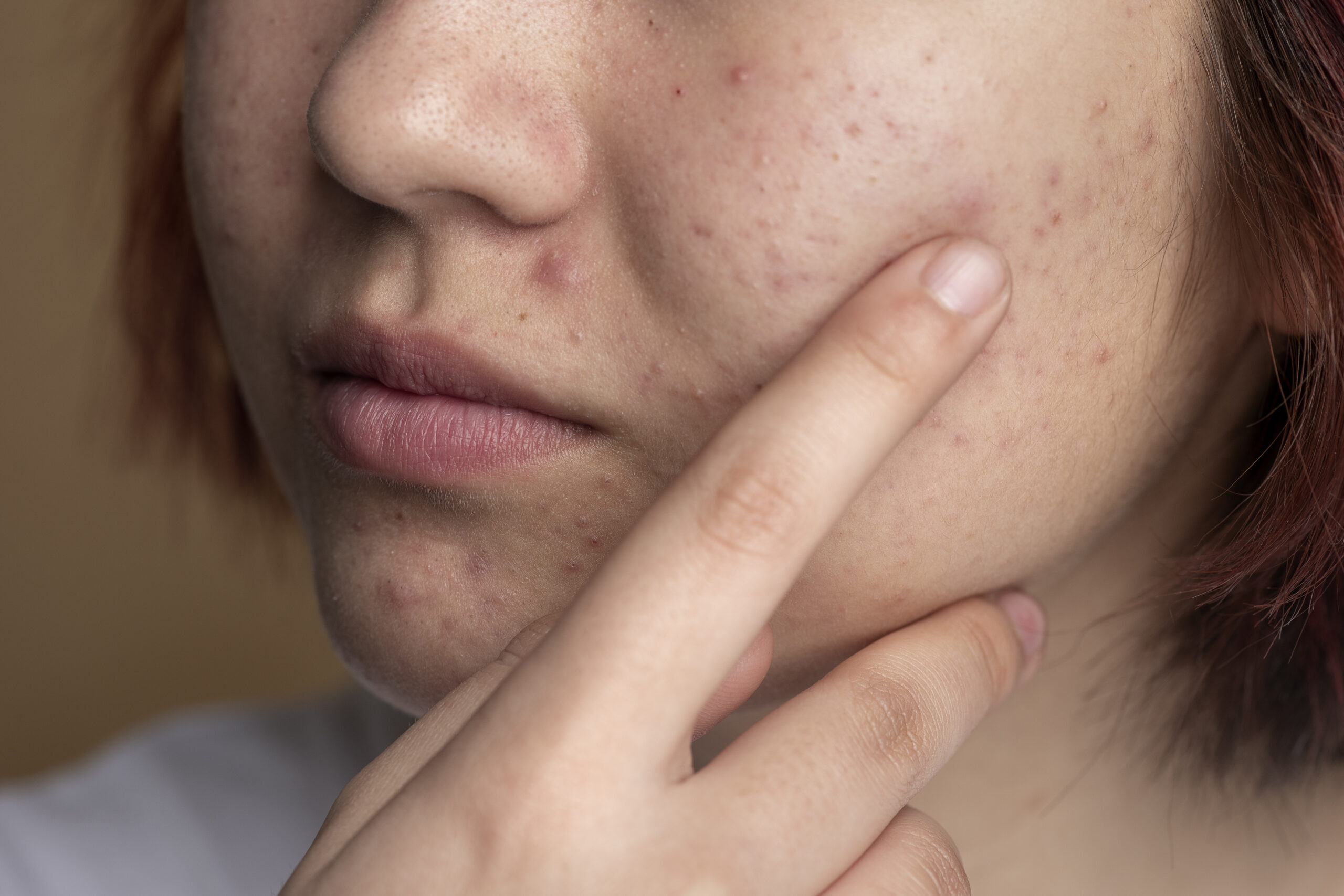
The most characteristic symptoms![]() of acne are pimples. They often appear on the face, mainly on the forehead, chin, cheeks, back, and upper chest. Lesions may also appear on the arms and buttocks. It is a typical course of teenage acne. In adult acne, painful eruptions usually appear on the lower part of the face, the jawline, and the side parts of the neck.
of acne are pimples. They often appear on the face, mainly on the forehead, chin, cheeks, back, and upper chest. Lesions may also appear on the arms and buttocks. It is a typical course of teenage acne. In adult acne, painful eruptions usually appear on the lower part of the face, the jawline, and the side parts of the neck.
Specialists divide acne![]() depending on the stage of its formation and course into:
depending on the stage of its formation and course into:
The tendency to blackhead![]() formation usually precedes the appearance of inflammatory acne lesions and is associated with increased sebum production, leading to pilosebaceous glands' blockage. Blackheads are a non-inflammatory symptom of acne and come in two types:
formation usually precedes the appearance of inflammatory acne lesions and is associated with increased sebum production, leading to pilosebaceous glands' blockage. Blackheads are a non-inflammatory symptom of acne and come in two types:
All these imperfections are characteristic of oily skin and may, but do not have to, be related to acne.
Oily skin![]() is grey-yellow, usually quite thick, and shiny. Its surface has enlarged pores and blackheads (small black dots visible to the naked eye). The skin has a poor blood supply, is often pale in the morning, and has dilated capillaries that are rare.
is grey-yellow, usually quite thick, and shiny. Its surface has enlarged pores and blackheads (small black dots visible to the naked eye). The skin has a poor blood supply, is often pale in the morning, and has dilated capillaries that are rare.
It tolerates weather conditions like cold, wind, sun, and temperature changes. Internal factors such as hormonal disorders, nervous tension, and digestive system disorders have a significant impact on the condition of this complexion.
Oily facial skin is considered unsightly because it is often gray and earthy and prone to forming comedones – dark or light lumps from dead epidermal cells and secretions produced by seborrheic glands.
The mechanism of acne involves the interaction of many factors that cause the formation of comedones and the development of inflammation.
There are many causes of acne![]() , including:
, including:
Various types of hormonal disorders![]() result in an increase or sudden decrease in the concentration of sex hormones. This, in turn, translates into increased activity of the sebaceous glands and, as a result, overproduction of sebum, resulting in eruptions on the skin. Sex hormones that may, to a greater or lesser extent, influence the appearance of skin changes are:
result in an increase or sudden decrease in the concentration of sex hormones. This, in turn, translates into increased activity of the sebaceous glands and, as a result, overproduction of sebum, resulting in eruptions on the skin. Sex hormones that may, to a greater or lesser extent, influence the appearance of skin changes are:
Androgens and testosterone have the greatest impact on the appearance of hormonal acne. In the case of female sex hormones, the occurrence of skin changes is influenced by estrogen. It is especially noticeable just before menstruation or during menopause.
Chronic stress![]() can cause acne not only in teenagers but also in people who have already gone through puberty. Due to excessive sebum secreted, the skin quickly becomes keratinized and clogged. It contributes to the appearance of numerous inflammatory lesions on the skin surface. Interestingly, stress acne is often so intense that pus cysts even accompany it. Deterioration of the skin condition may additionally intensify emotional stress, which translates into additional intensification of symptoms. In such a state, you should realize that there is a strong connection between the emotions you experience and the stress associated with them and skin changes.
can cause acne not only in teenagers but also in people who have already gone through puberty. Due to excessive sebum secreted, the skin quickly becomes keratinized and clogged. It contributes to the appearance of numerous inflammatory lesions on the skin surface. Interestingly, stress acne is often so intense that pus cysts even accompany it. Deterioration of the skin condition may additionally intensify emotional stress, which translates into additional intensification of symptoms. In such a state, you should realize that there is a strong connection between the emotions you experience and the stress associated with them and skin changes.
A diet![]() rich in processed products with a high glycemic index contributes to the severity of seborrhea. Therefore, avoid dishes made from white flour and sugar. Moreover, dairy products also hurt the development of acne because they increase the insulin-like IGF-1, which also significantly stimulates sebum production. Enrich your diet with healthy Omega-3 and Omega-6 fatty acids, zinc, and selenium in appropriate proportions.
rich in processed products with a high glycemic index contributes to the severity of seborrhea. Therefore, avoid dishes made from white flour and sugar. Moreover, dairy products also hurt the development of acne because they increase the insulin-like IGF-1, which also significantly stimulates sebum production. Enrich your diet with healthy Omega-3 and Omega-6 fatty acids, zinc, and selenium in appropriate proportions.

Inadequate care![]() (especially the use of heavy, pore-clogging creams and foundations) by clogging the openings of the sebaceous glands intensifies inflammation in the skin.
(especially the use of heavy, pore-clogging creams and foundations) by clogging the openings of the sebaceous glands intensifies inflammation in the skin.
In the summer, many people with acne notice an improvement in their skin's appearance. This is due to the sun's temporary drying effect on the sebaceous glands. Unfortunately, in the fall, most people will experience a sudden and intensified recurrence of problems—the “dry” glands receive a signal that they need to catch up on sebum production.
Sudden temperature changes![]() may increase sebum production. A hot and humid climate is particularly unfavorable for acne development, as bacteria can easily multiply in these conditions. Its severe symptoms may also be related to using sun protection products with clogging formulas.
may increase sebum production. A hot and humid climate is particularly unfavorable for acne development, as bacteria can easily multiply in these conditions. Its severe symptoms may also be related to using sun protection products with clogging formulas.
The sequence of events that leads to the formation of acne lesions is not precisely known. It is suspected that a microcomedone is formed first, then closed comedones and open comedones, papules, pustules, and inflammatory nodules. The process by which microcomedones develop and evolve into other acne lesions remains to be elucidated but is suspected to be influenced by a combination of several factors, including hyperkeratinization of hair follicles, increased production of sebum by the sebaceous glands of bacteria that are normal component of the skin's bacterial flora.
Acne is an easily diagnosed![]() condition. It usually does not require additional tests. Since hormonal changes often cause it, the doctor may order additional hormonal tests, including:
condition. It usually does not require additional tests. Since hormonal changes often cause it, the doctor may order additional hormonal tests, including:
During diagnosis, acne is also differentiated from other types of skin lesions.
The doctor will recommend appropriate treatment![]() depending on the type of acne and its severity. Some methods are effective for treating non-inflammatory acne, while others are effective for acne associated with skin inflammation or in people with both non-inflammatory and inflammatory acne lesions. Usually, combining different drugs is more effective than treatment with one medicament.
depending on the type of acne and its severity. Some methods are effective for treating non-inflammatory acne, while others are effective for acne associated with skin inflammation or in people with both non-inflammatory and inflammatory acne lesions. Usually, combining different drugs is more effective than treatment with one medicament.
Acne treatment includes topical medications, i.e., medications applied to the skin, and general treatments, i.e., oral tablets.
Various preparations are used topically![]() to treat acne, including:
to treat acne, including:
Anti-acne drugs should not be applied to “spots” (i.e., only on visible lesions) but on the entire surface of the affected skin, which allows for the microcomedones elimination invisible to the naked eye and the appearance of new lesions prevention.
Acne can be treated with oral antibiotics, retinoids, and hormonal medications. It applies to moderate and severe forms of acne and patients with less severe lesions if the disease significantly impairs the quality of life or if the acne lesions disappear, leaving scars.
Antibiotics![]() include macrolide. Oral antibiotics are not used alone but are combined with local treatment, e.g., with preparations containing retinoids or benzoyl peroxide applied to the skin. After completing treatment with oral antibiotics, your doctor may recommend maintenance therapy with topical medications to prevent acne from recurring. The duration of treatment with oral antibiotics should not exceed 12 weeks.
include macrolide. Oral antibiotics are not used alone but are combined with local treatment, e.g., with preparations containing retinoids or benzoyl peroxide applied to the skin. After completing treatment with oral antibiotics, your doctor may recommend maintenance therapy with topical medications to prevent acne from recurring. The duration of treatment with oral antibiotics should not exceed 12 weeks.
Hormonal treatment![]() may be necessary in some people. Estrogen can help balance the effects of androgens, which is why estrogen treatment in the form of birth control pills is sometimes recommended for women with acne. Not all oral contraceptives should be used to treat acne, and some may even make acne worse. It also applies to some types of intrauterine devices and other forms of contraception (e.g., injections).
may be necessary in some people. Estrogen can help balance the effects of androgens, which is why estrogen treatment in the form of birth control pills is sometimes recommended for women with acne. Not all oral contraceptives should be used to treat acne, and some may even make acne worse. It also applies to some types of intrauterine devices and other forms of contraception (e.g., injections).
The advantages of using birth control pills and other hormonal methods may not be detectable until three to six months after starting treatment. Moreover, the specialists do not recommend treatment with hormonal drugs during pregnancy.
Skincare![]() is an essential part of acne treatment. It includes proper skin hygiene, moisturizing creams use, and sun protection.
is an essential part of acne treatment. It includes proper skin hygiene, moisturizing creams use, and sun protection.
The key role here is played by selecting appropriate cosmetics and the regularity and sequence of individual treatments.
There are three standard stages in facial care: cleansing, toning, and moisturizing. In the first step, it is significant to remove makeup thoroughly and then cleanse the skin using a gentle cleansing agent. Let's not forget about regular exfoliation of dead skin with peeling—depending on the skin type, we can do it 1-2 times a week.
The first step will undoubtedly be to recognize its type correctly. It will make it easier to determine which nutrients will be particularly helpful for a specific skin type and choose the right cosmetics.
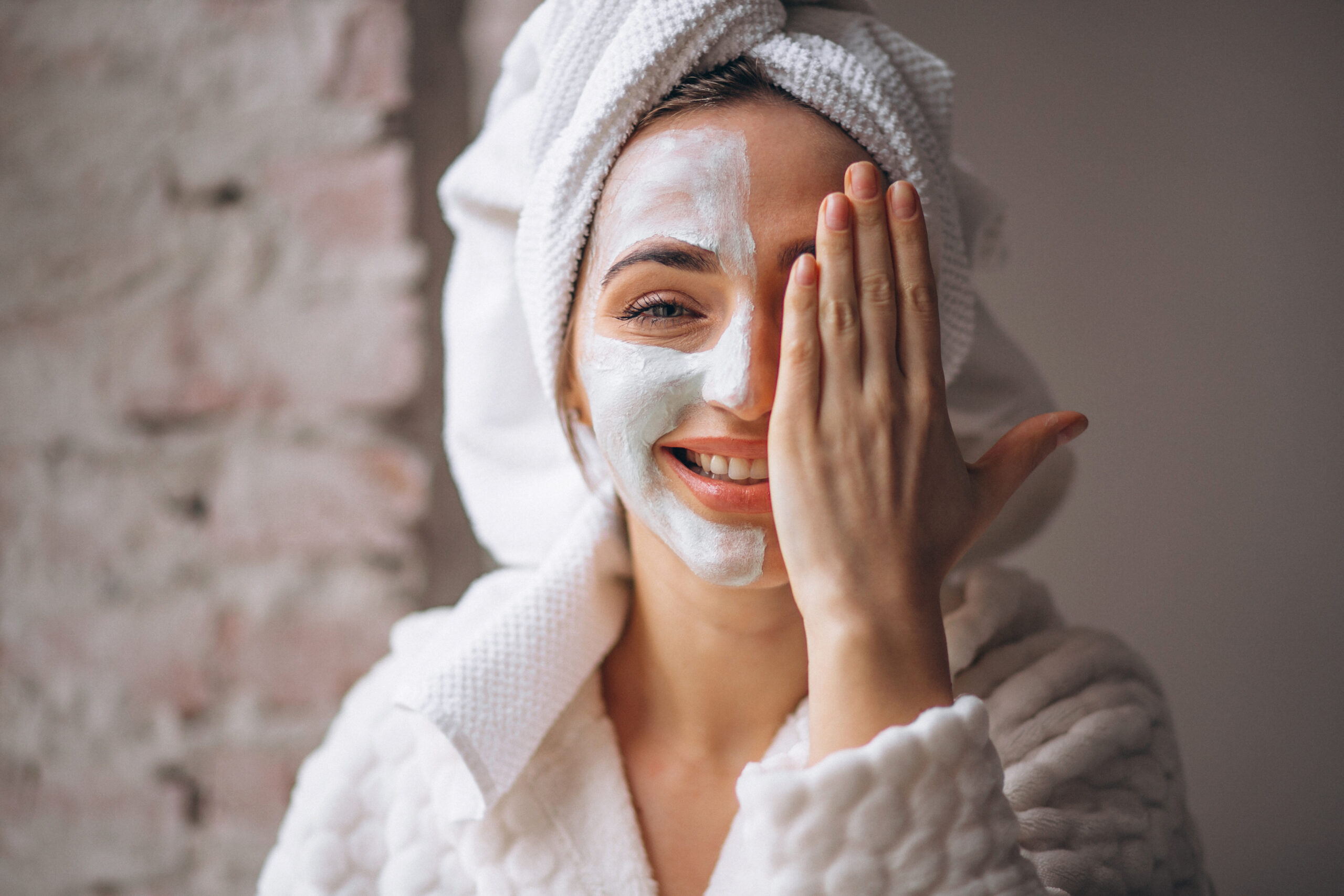
It is necessary to use non-comedogenic sunscreen preparations for acne-prone skin (e.g., creams). The recommended SPF protection is at least 30. Sun protection is critical, especially during treatment with retinoids – retinoids are usually used in the evening and a moisturizing cream with SPF in the morning.
Acne scars![]() are particularly challenging to treat because they are usually atrophic (tissue loss, characteristic, often extensive cavities), and due to the inflammation and purulent lesions that appear in the course of acne, they are challenging and incorrect to heal. To remove them, it is necessary to use professional treatments, such as:
are particularly challenging to treat because they are usually atrophic (tissue loss, characteristic, often extensive cavities), and due to the inflammation and purulent lesions that appear in the course of acne, they are challenging and incorrect to heal. To remove them, it is necessary to use professional treatments, such as:
Table of Contents
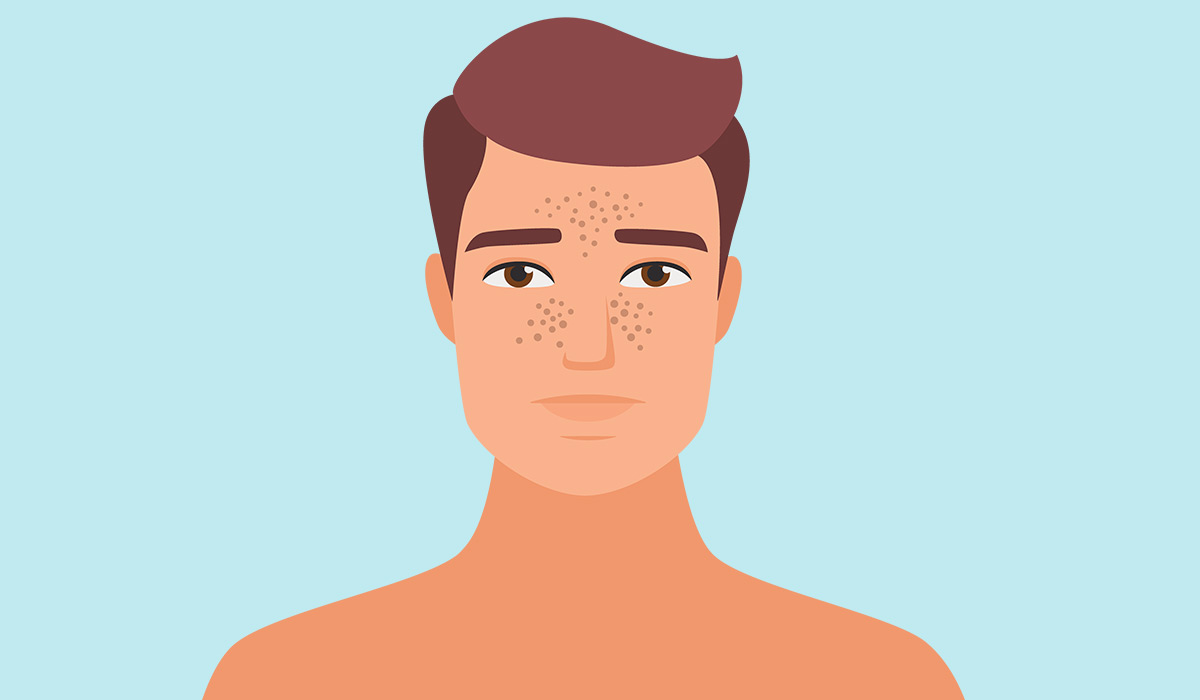
Blackheads are small, dark lesions on the skin. They are occurring when a hair follicle becomes clogged with excess oil,… read more »
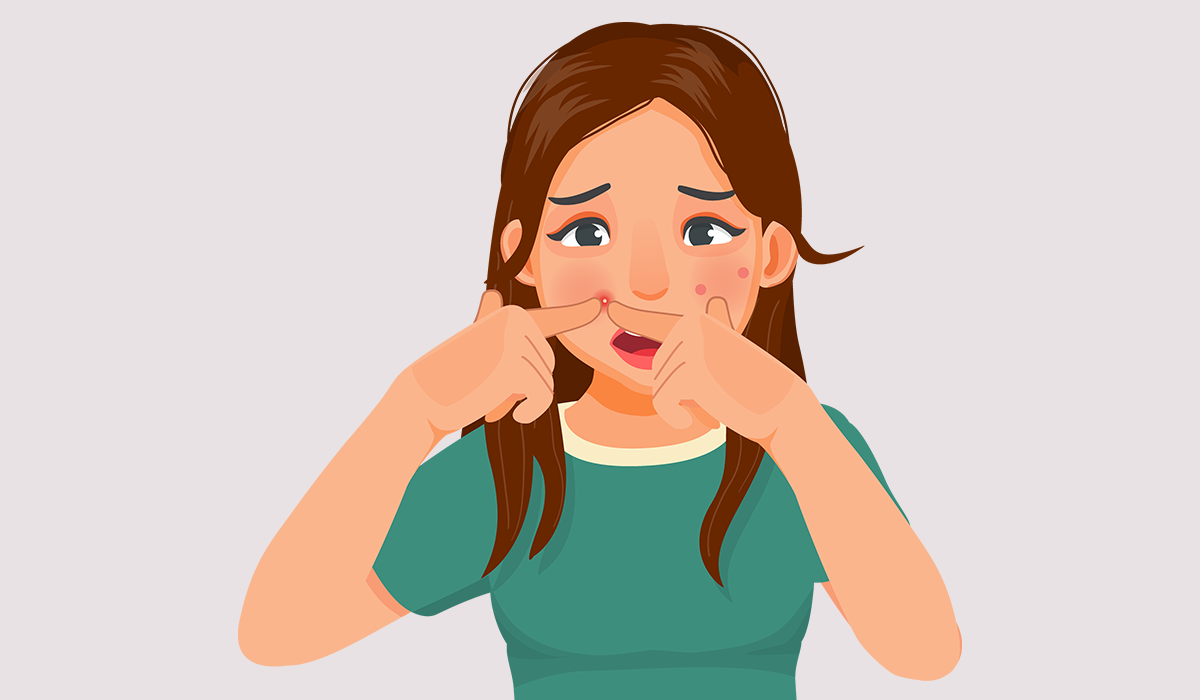
Pimples are small inflammations of the skin caused by the blockage and infection of oil glands. How to get rid… read more »

Skincare is the practice of maintaining and enhancing the health and appearance of the skin through various treatments, routines, and… read more »
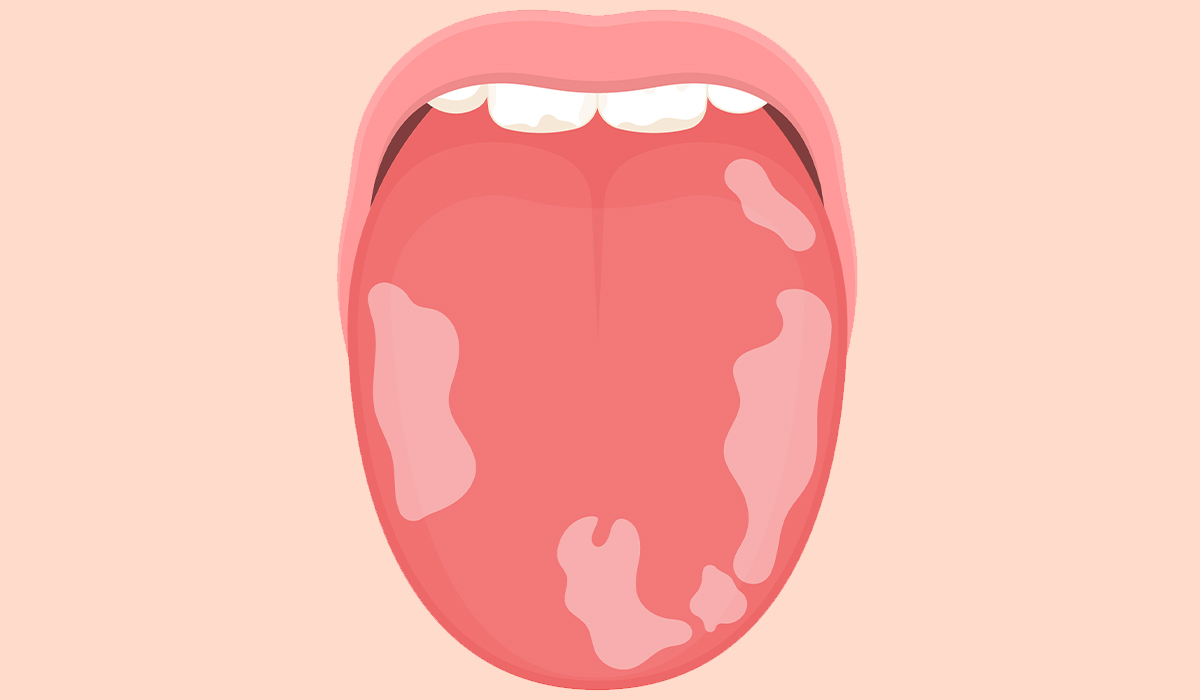
Leukoplakia is a disease that most commonly affects the oral cavity. A complication of leukoplakia can be cancer, so it… read more »
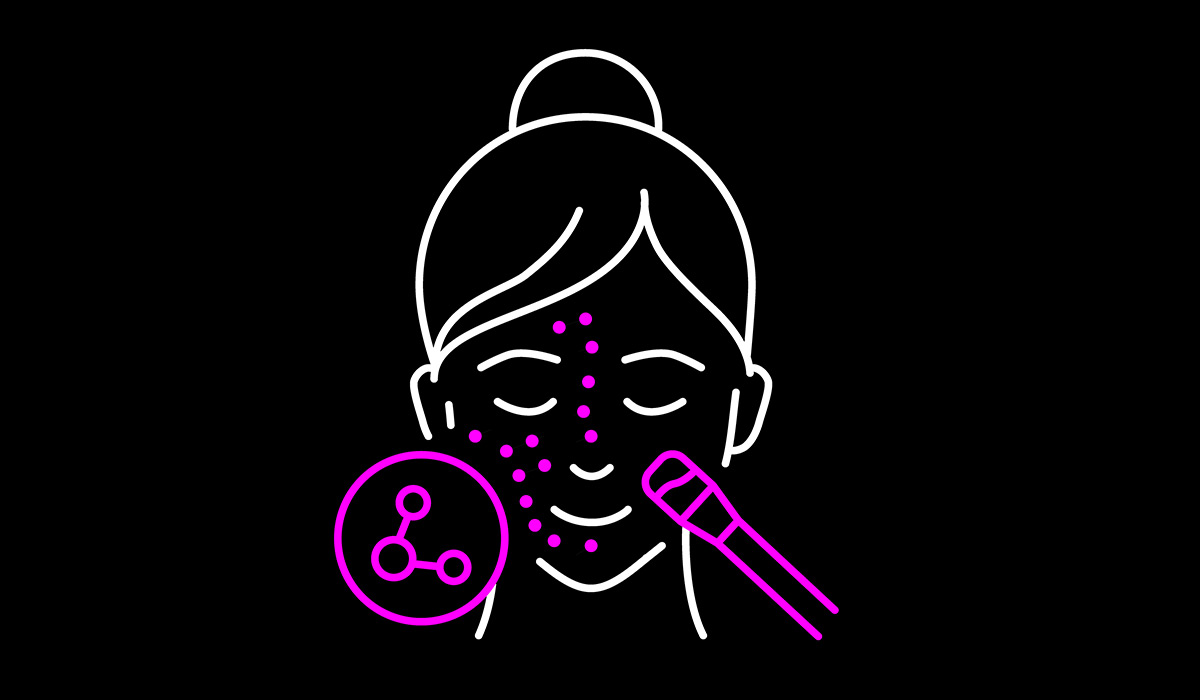
A chemical peel is a procedure that helps to improve the condition of the skin. In some conditions it is… read more »
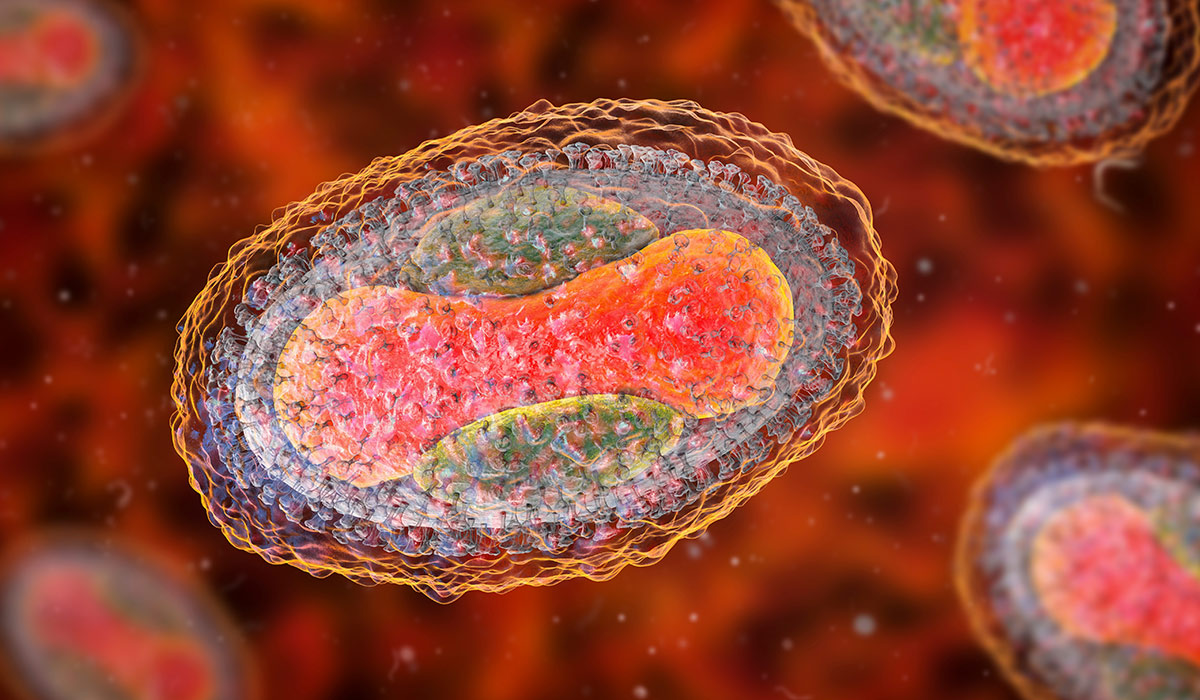
Molluscum contagiosum is a common skin infection especially in children. Find out how to recognise molluscum contagiosum skin lesions. Learn… read more »

Dandruff is the result of excessive skin exfoliation, overproduction of sebum, or the presence of Malassezia yeast on the skin.… read more »
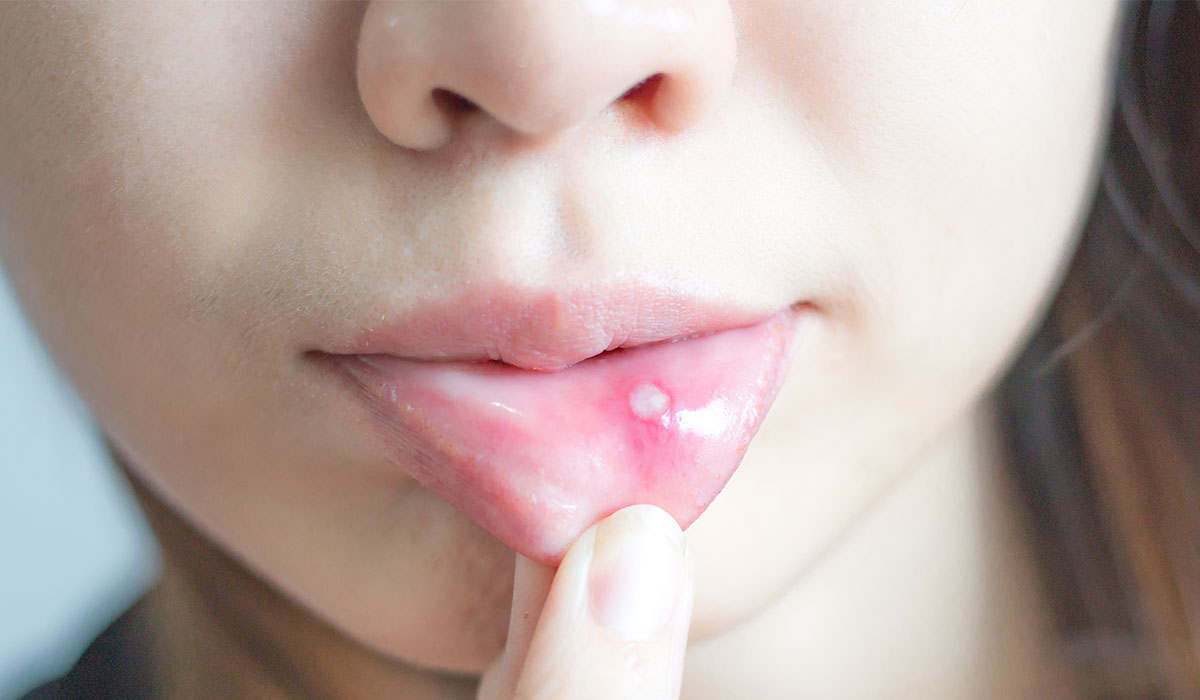
Also known as oral candidiasis, oral thrush is an infection caused by the fungus Candida albicans. The fungus is a… read more »

Pityriasis Rosea is a skin disease. It usually does not require treatment, but for pregnant women the disease can be… read more »